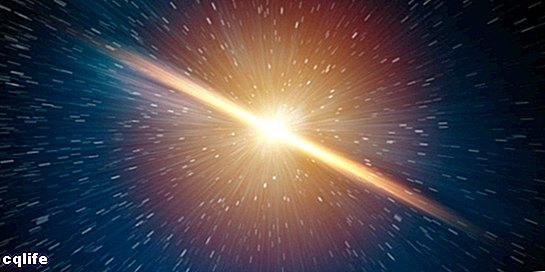We explain what the universe is and what the Big Bang theory consists of. Also, what are the theories of its possible end.

What is Universe?
The universe is the conjunction of all that exists; either material like the planets, the stars, galaxies or in immaterial annoyance like the Energy, the space or the weather. This is why we can affirm that the universe is the space and time in which the planets are found and their physical laws that govern them (such as the law of gravity).
The universe, broadly speaking, is made up of interconnected galaxies that originate clusters of galaxies that in turn are related to other clusters, consequently generating a cosmic network that expands throughout the universe.
The universe has a variable extension and it is difficult to calculate since it can in turn contain other universes. At the same time, many times we tend to think that the universe is static but the reality it is that it is a changing site loaded with phenomena.
how did the universe origin?

The big Bang Theory It is the most accepted scientific theory about the origin of the universe. It establishes that approximately 13,700 million years ago all the mass and energy (of the universe) was concentrated in an extremely small and dense point that exploded and in this way, gave rise to space and time and the set of particles essential that together formed the matter and to energy.
The Big Bang theory bases its foundations on the theory of relativity General of Einstein, concluding that the universe is not static but is in constant expansion and movement. This theory also defends the idea that the universe is finite, that it had an origin and that it will in turn have an end.
Will the universe have an end?
At present, there are a series of theories that after a hypothesis They explain what they think the end of the universe will be like. To begin, we can talk about the Big Freeze model, which dictates that the continuous expansion of the universe will cause (within a billion years) the extinction of all stars, resulting in a cold and dark universe.
We can also mention the Big Rip theory (or the great tear) that proposes that the more the universe expands, the more dark energy is generated, reaching a point in time when dark energy will overcome the gravity breaking the balance that is present between both forces and generating the disintegration of any type of matter.
Finally, the Big Crush phenomenon is discussed, which defends the contraction of the universe at a single point after its maximum expansion, giving rise to a new Big Bang.
